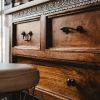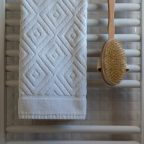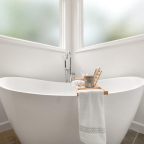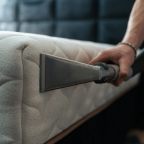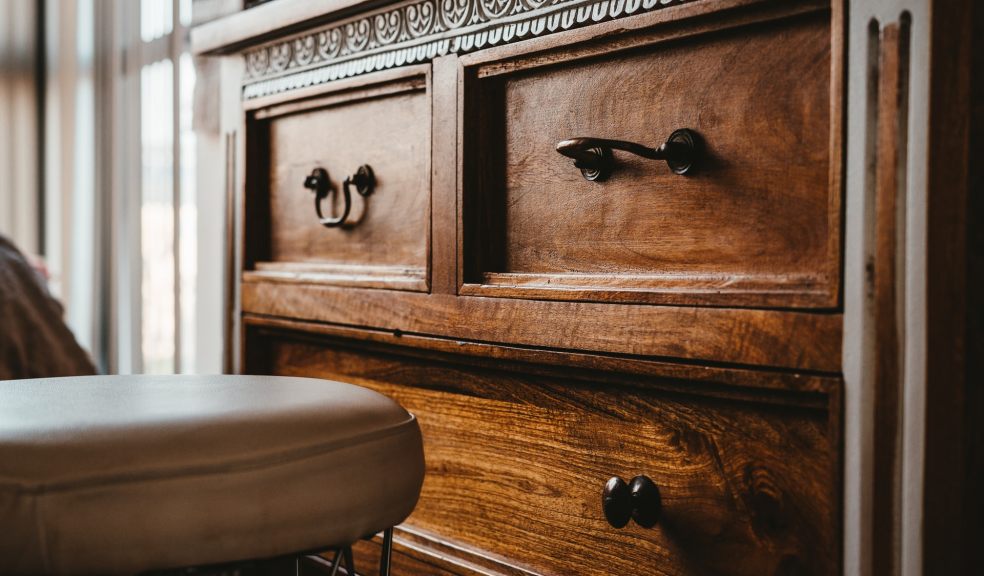
Key things to remember when using glue to restore furniture
When we undertake home design projects, it's often preferable to use existing furnishings instead of ordering completely new products. Sticking with what we already have can allow us to make chairs and tables go further, limit the need to consume natural resources, and keep costs down. Glue is a major ally when carrying out repairs, and everyone should have a stock ready to use. But when you do, there are some things to bear in mind that could make or break your restoration task. So let's explore them in more detail.
Choosing the Perfect Glue for Every Furniture Restoration
The first (and probably most important) thing to remember when taking on a furniture repair job is to source the right type and quality of glue. Ordinary water-based adhesives used in wallpaper application won't suffice here, and standard superglue isn't quite right, either. Instead, PVA or epoxy glues are always the way to go, especially with wooden furnishings. When choosing between the two, there are a few things to think about. First off, epoxy is more expensive than PVA, but it's also stronger. So many experts like to have a stock of both glue types. PVA can be used for applying decorative elements and for low-stress joints, while epoxy should be used when connecting joints in chairs and tables, which will take heavy loads. Epoxy based glues are much more effective than PVA when binding metals or plastics, although PVA works very well with wooden furniture. And epoxy also wins when repairing outdoor furniture, as most PVA glues won't be water resistant. Finally, If you can, try to use PVA for small-scale indoor tasks, as it is non-toxic and fume-free. Epoxy is very safe, but it has been linked to conditions like dermatitis (so using gloves is advisable).
How to Use Glue Effectively When Fixing Furnishings
PVA glue can be used in a huge range of projects. For instance, there are some beautiful examples of craft professionals upgrading standard Ikea tables with colourful add-ons. Decoupage is another popular idea, which involves adding layers of paper or plastic, then sealing them with a PVA-based varnish. When you start exploring the possibilities, you're sure to find ways to refresh old tables or sideboards. But when doing so, using the correct techniques is all-important. So here are some concepts and rules to consider before you even pick up a brush or saw.
- Use gel or paste-style glues when dealing with exposed grain. Liquid glues can easily be absorbed, leading to potential weaknesses further down the line.
- When binding teak or oak furnishings, think twice about using epoxy, as it can be weakened by contact with acidic woods. As a general rule, epoxy will struggle with oily tropical hardwoods.
- Clean joints and surfaces before using glues, but stay clear of solvents, especially when exposed grain is involved. Solvents can weaken the wood, leading to shearing and extra work.
- Be prepared to clamp joints to apply pressure after using glue, and don't rely on heavy items. A good set of clamps won't cost the earth and can be used for a wide range of home improvement projects.
Stick to the Plan: Make Furniture Repairs Without Any Flaws
Sometimes it makes sense to throw everything out and start afresh. But sometimes it doesn't, and it's best to keep some older furnishings while adding extras and experimenting with floor coverings, soft furnishing, and pain schemes. And in other cases, it might make sense to engage our imaginations and adapt older furniture to create the interiors of our dreams. Whatever your plans, knowing how to choose and use the right adhesives is vital. So assess which materials are involved and how much stress joints will take. Think about decoupage or other decorative ideas, and buy the glue you need to get the job done.









